Top 10: Car options you don’t really need
Set against the cars we were buying 20 or 30 years ago, the sort of kit you can find in even the smallest cars today is remarkable. Cars are simultaneously becoming more refined, luxurious and safe, while getting more economical and, in real terms, cheaper than ever. That said, the question remains as to whether we really need all the stuff that manufacturers are filling our cars with. Here are ten things that we could all probably live without.

Heated steering wheel
Still the preserve of luxury cars, the heated steering wheel provides a disproportionately complicated and expensive solution to the problem of mildly cold hands.
It’s especially baffling when all cars have a specific compartment dedicated to the storage of a cost-effective and time-honoured hand-warming device – the so-called ‘glove’.
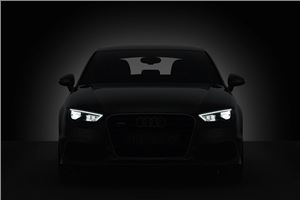
Automatic headlamps and wipers
While it’s true that, occasionally, even the most experienced and sagacious driver will forget to turn on his or her lights as night falls, the automatic headlight is probably unnecessary – despite being utterly ubiquitous now.
More irritating is the automatic wiper, which despite being quite old technology (using infrared sensors to detect water on the screen), still rarely works properly, either going haywire at the first drop of rain or refusing to acknowledge a torrential downpour.
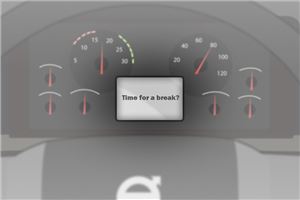
Tiredness recognition
Tiredness recognition was introduced by Volvo in 2007, and while the notion of sensing a driver’s fatigue and telling him or her to pull over is certainly a noble one, it’s difficult to ascertain whether the concept actually works.
The Volkswagen Group system currently found in the Golf and SEAT Leon, for example, ‘detects’ a driver’s mental state by analysing steering movements, then bonging if an algorithm detects changes in those movements.
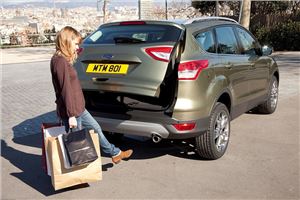
Automatic tailgate operation
Automatic tailgate opening and closing is the sort of feature that always looks impressive, but is also representative of laziness dressed up as convenience.
The system found in the Volkswagen Passat and Ford Kufa, which opens the tailgate when a leg is waved under the rear bumper, is actually pretty clever, but like self-parking, it’s more a party trick than a useful day-to-day convenience.

Carbon ceramic brakes
Contrary to popular assumption, carbon ceramic brakes aren’t designed to improve stopping power per se, but to prevent braking retardation over the course of sustained, heavy use.
In other words, they’re designed to make sure you’re still stopping as quickly during lap 30 as you were during lap one. Is that something the average Porsche 911 daily driver needs? And they cost thousands of pounds.
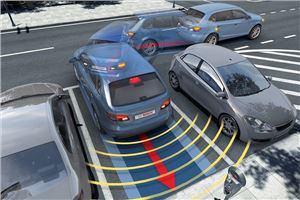
Self-parking
The first time you try, or see, self-parking is one of those miracle moments in motoring, like the first time you watch a high-definition television. However, you could run a car for three years and probably never use the auto parallel parking feature in a real-life once.
Why? Because on-street parallel parking is a diminishing necessity these days, and even when it is required, with a queue of traffic on a busy street behind you, it’s actually less stressful just to do it yourself.
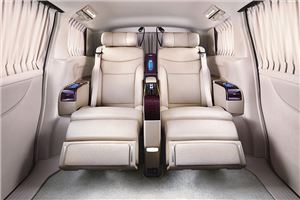
Massage function
We don’t know about you, but the thought of a driver being massaged while he’s behind the wheel strikes us as at best creepy, and at worse rather distracting.
And if you’ve ever actually sat on a car seat with an automatic massage function, like the Mercedes S-Class’s, you’ll know the feeling of being trampled on by a pack of wild dogs.

Eco driving companion
Cars are getting more efficient, and in a number of clever ways – they’re lighter, more slippery, and utilise technology like direct injection and turbocharging to get more power from less cubic capacity.
But alongside this, manufacturers are trying to force you to do your bit by scoring your driving. The Renault Captur, for example, scores its driver out of 100 against green driving attributes like anticipation, acceleration and gear selection, like an evil celebrity ice dancing judge.
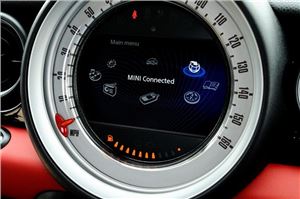
Social media
Every smartphone, computer and tablet gives its user access to Facebook and Twitter, as do most games consoles and some smart TVs. In that context, the car should be an escape from the all-encompassing presence of social media, but no, manufacturers are increasingly offering Facebook on-the-go (but only while stationary). We don’t need any more channels for posting selfies, thanks.
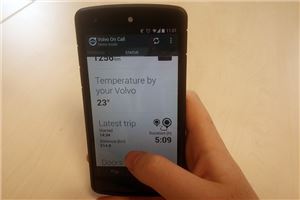
iPad app
In an effort to encourage people to spend even more time staring into their iPads, car makers are beginning to develop apps that allow them to interact with their car when they’re not even in it. Mercedes-Benz’s new C-Class, for example, comes with an iPad app that lets you monitor how much fuel it’s got between the time you parked it in the evening and the time you get back into it the following morning. Useful.
